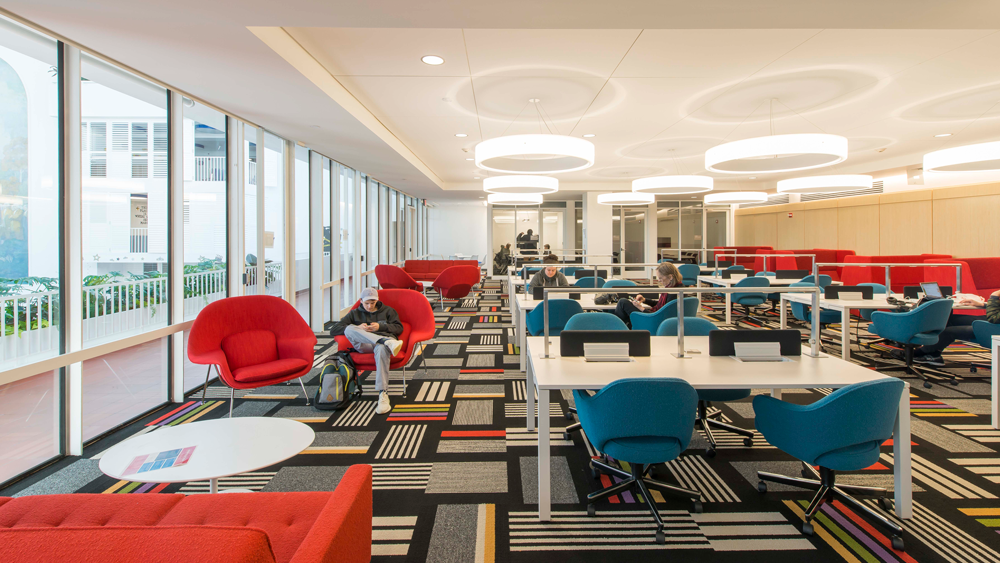Indoor air quality (IAQ) has become a crucial topic for both homeowners and real estate developers. With the advancements in technology, we have reached a stage where indoor air quality can be monitored and improved in ways that were once unimaginable. A term that often comes up in these conversations is amplification. But what does amplification mean in indoor air quality terms? In this article, we delve deep into the concept to help you understand its implications for your home and property developments.

What is Amplification?
Understanding the Basic Concept
Amplification in indoor air quality refers to the increase or intensification of pollutants or contaminants in the air. This can occur due to various reasons, such as poor ventilation, high humidity levels, or the presence of mold and other biologics. When these pollutants amplify, they can pose significant health risks to occupants.
Sources of Amplification
Common sources of amplification include:
- Mold and mildew
- Dust mites
- Pet dander
- Volatile Organic Compounds (VOCs)
- Bacteria and viruses

Why is Amplification a Concern?
Health Implications
The health implications of amplified indoor pollutants are numerous. They can range from minor irritations such as headaches and dizziness to severe respiratory conditions, including asthma and bronchitis. Children, elderly, and individuals with pre-existing health conditions are particularly vulnerable.
Impact on Property Value
For real estate developers, understanding and mitigating amplification is crucial. Properties with poor indoor air quality can have reduced market value. Prospective buyers are increasingly aware of these issues and often demand homes with excellent IAQ.

Technological Solutions
Advanced Ventilation Systems
Modern ventilation systems equipped with sensors can detect and mitigate the amplification of pollutants. These systems can be integrated into smart home environments, allowing for real-time monitoring and adjustments.
Air Purifiers
High-efficiency particulate air (HEPA) filters can effectively reduce the concentration of contaminants. Advanced models also come with sensors and automatic settings to adjust airflow based on the detected pollutants.
Humidity Control
Dehumidifiers and humidifiers can help maintain optimal humidity levels, thereby reducing the risk of mold and dust mite amplification.
Best Practices for Homeowners
Regular Maintenance
Regularly maintaining HVAC systems, cleaning ducts, and replacing filters can go a long way in preventing the buildup and amplification of pollutants.
Indoor Plants
Certain indoor plants can help improve air quality by absorbing contaminants. Examples include spider plants, Boston ferns, and peace lilies.
Green Construction
Opt for green construction practices that focus on sustainable building materials and designs that promote better air circulation and natural light. Check out innovative uses of recycled building materials from this link.
Best Practices for Real Estate Developers
LEED Certification
Pursuing LEED certification can be a mark of quality in terms of indoor air quality and overall environmental impact. Achieving such certifications can make properties more appealing to eco-conscious buyers. Explore more about LEED certification here.
Water and Air Quality
Implementing water conservation strategies and low-impact land development techniques can further enhance indoor air quality. Learn more about these strategies here.
Case Studies
Residential Homes
Several case studies have highlighted the benefits of addressing amplification in residential settings. For example, homes equipped with advanced air filtration systems have shown a significant reduction in allergy-related symptoms among residents.
Commercial Properties
In commercial properties, addressing amplification has led to increased employee productivity and reduced sick days. This is particularly important for employers looking to create a healthy work environment.
Common Myths
Myth 1: Indoor Air is Cleaner than Outdoor Air
Many people believe that staying indoors protects them from pollution. However, amplified indoor pollutants can often be more harmful than outdoor air.
Myth 2: Air Purifiers Solve All Problems
While air purifiers are effective, they are not a standalone solution. A comprehensive approach involving ventilation, humidity control, and regular maintenance is essential.
Conclusion
Understanding what amplification means in indoor air quality terms is crucial for both homeowners and real estate developers. By taking proactive measures, you can significantly improve indoor air quality, ensuring a healthier living environment for occupants and adding value to properties.
For more tips on how to improve indoor air quality, visit this link.
Frequently Asked Questions
1. What are the main sources of indoor air pollution?
The main sources include mold, dust mites, pet dander, VOCs, and biological contaminants like bacteria and viruses.
2. How often should I service my HVAC system?
It’s recommended to service your HVAC system at least once a year. Regular filter changes and duct cleaning can also help maintain optimal air quality.
3. Can indoor plants really improve air quality?
Yes, certain indoor plants can help absorb airborne contaminants, improving overall air quality.
As an Amazon Associate, I earn from qualifying purchases.


